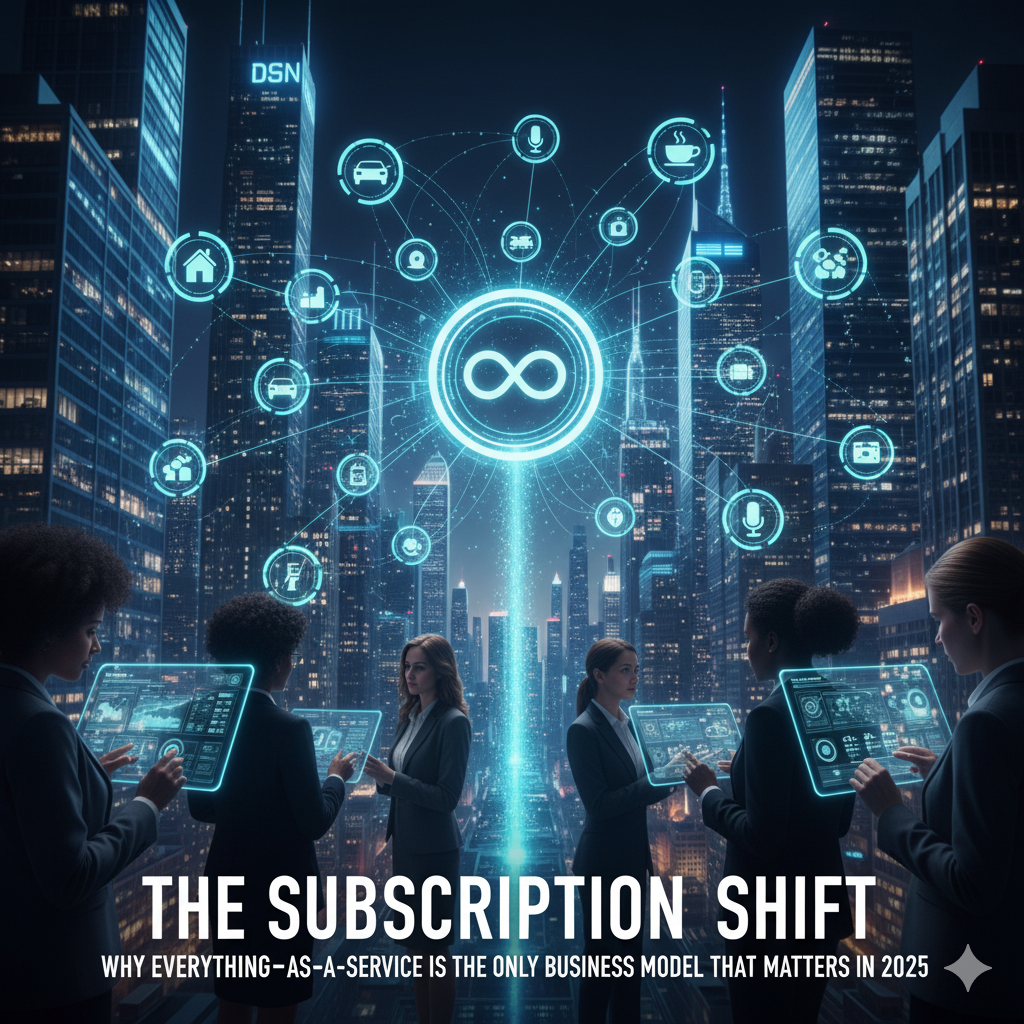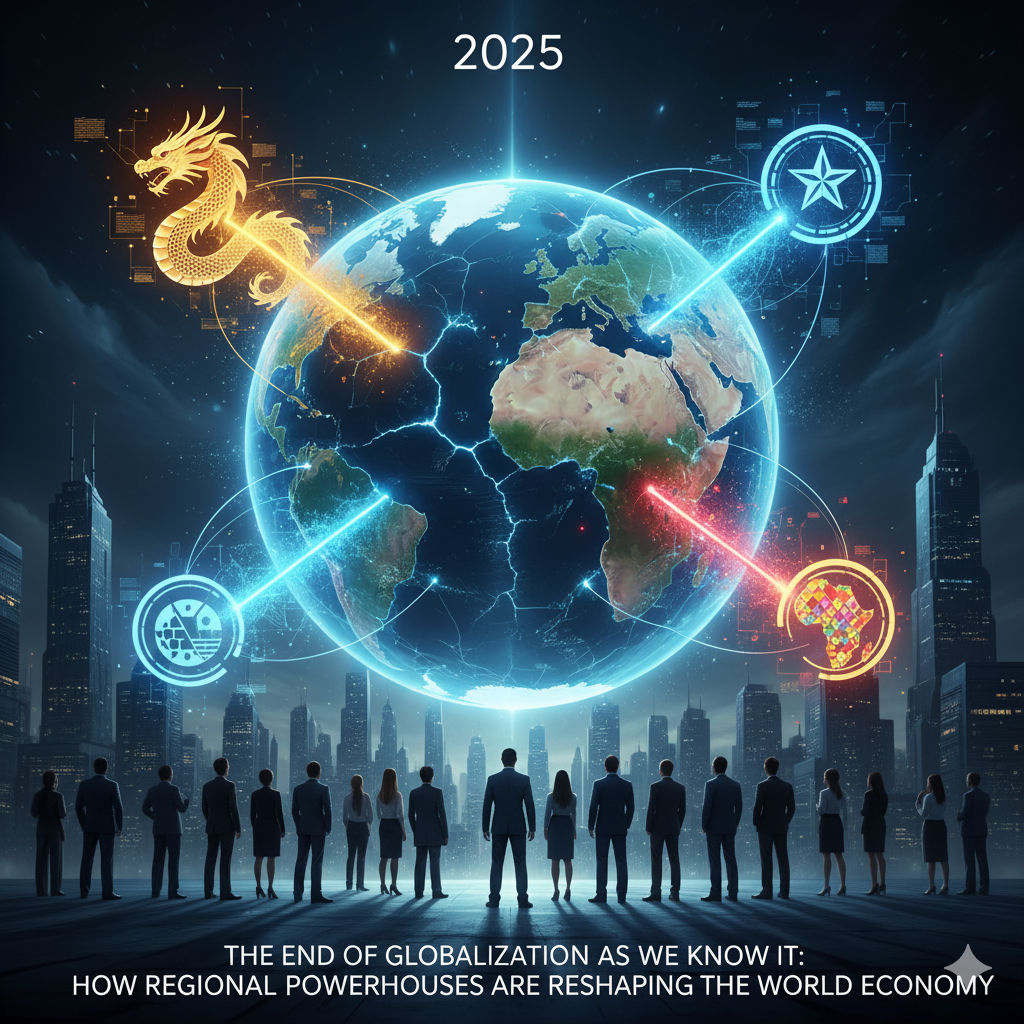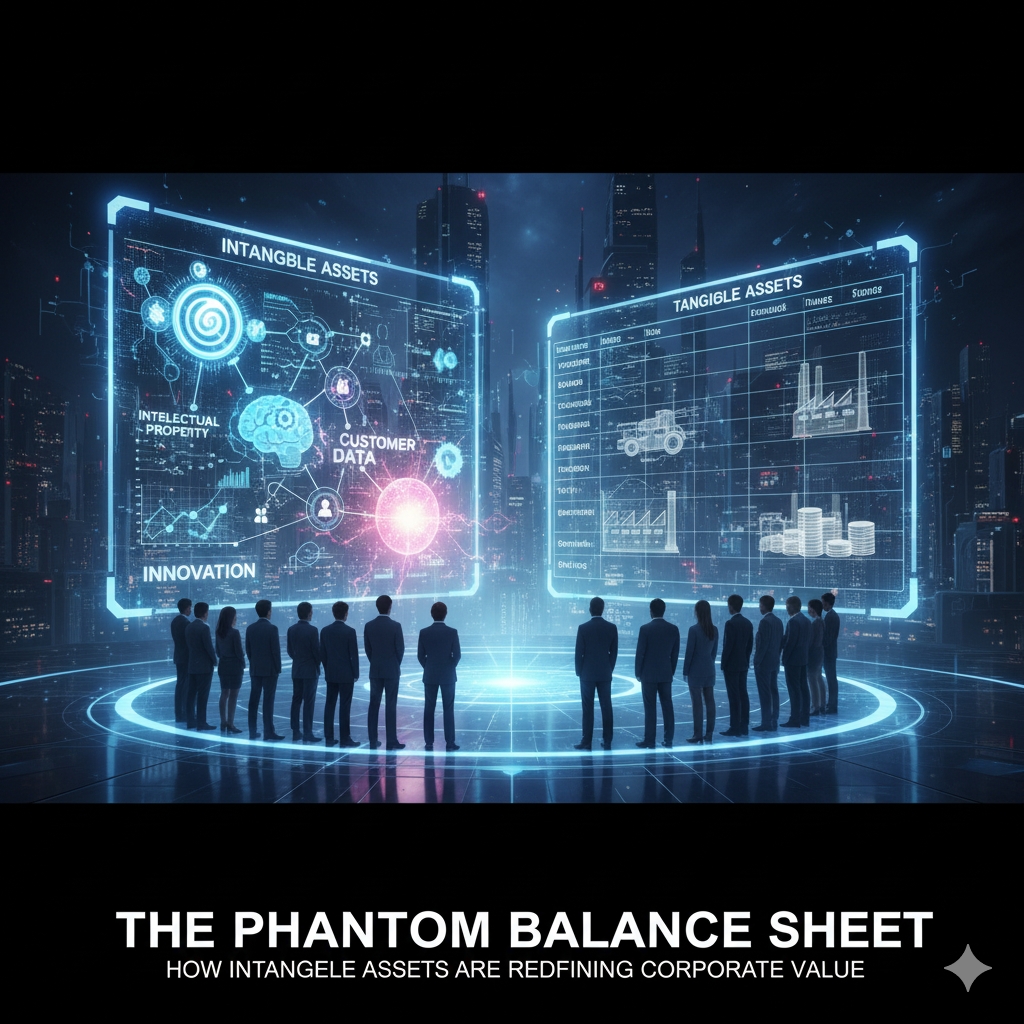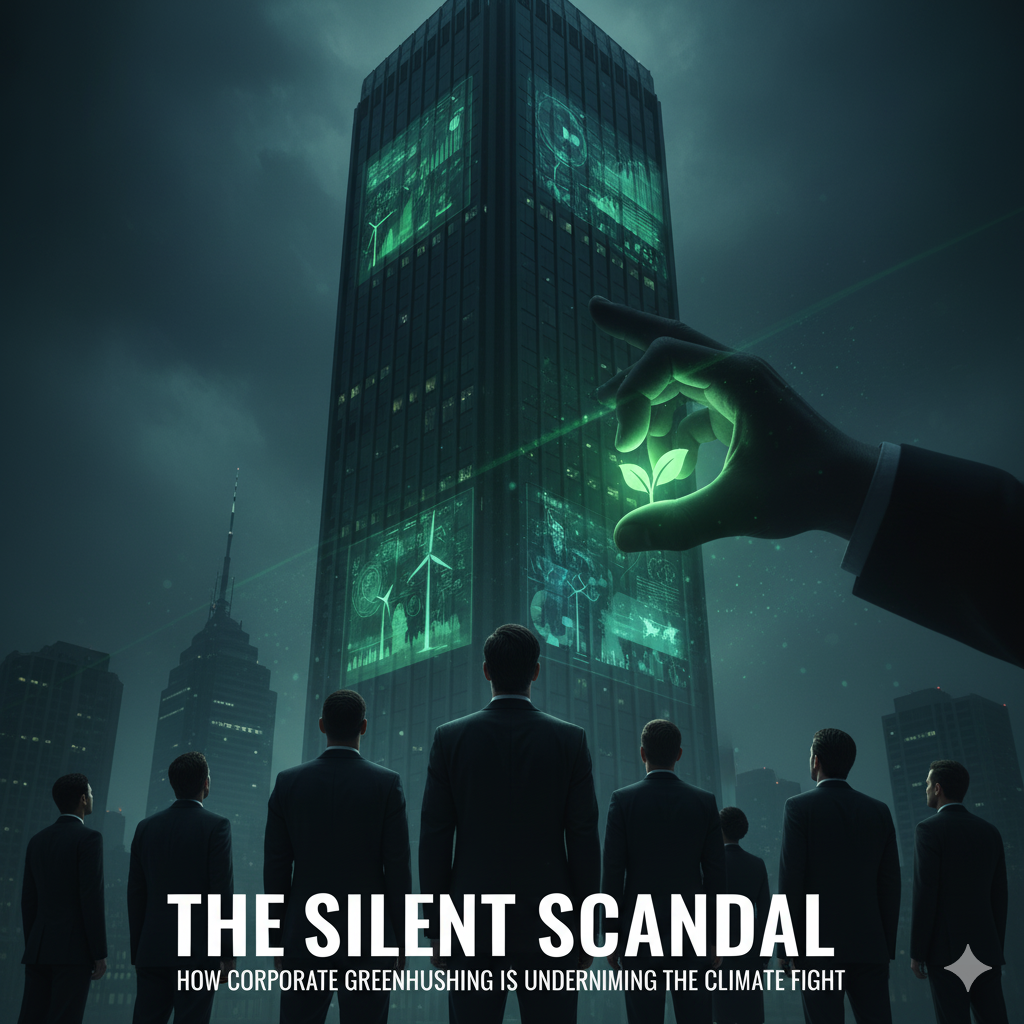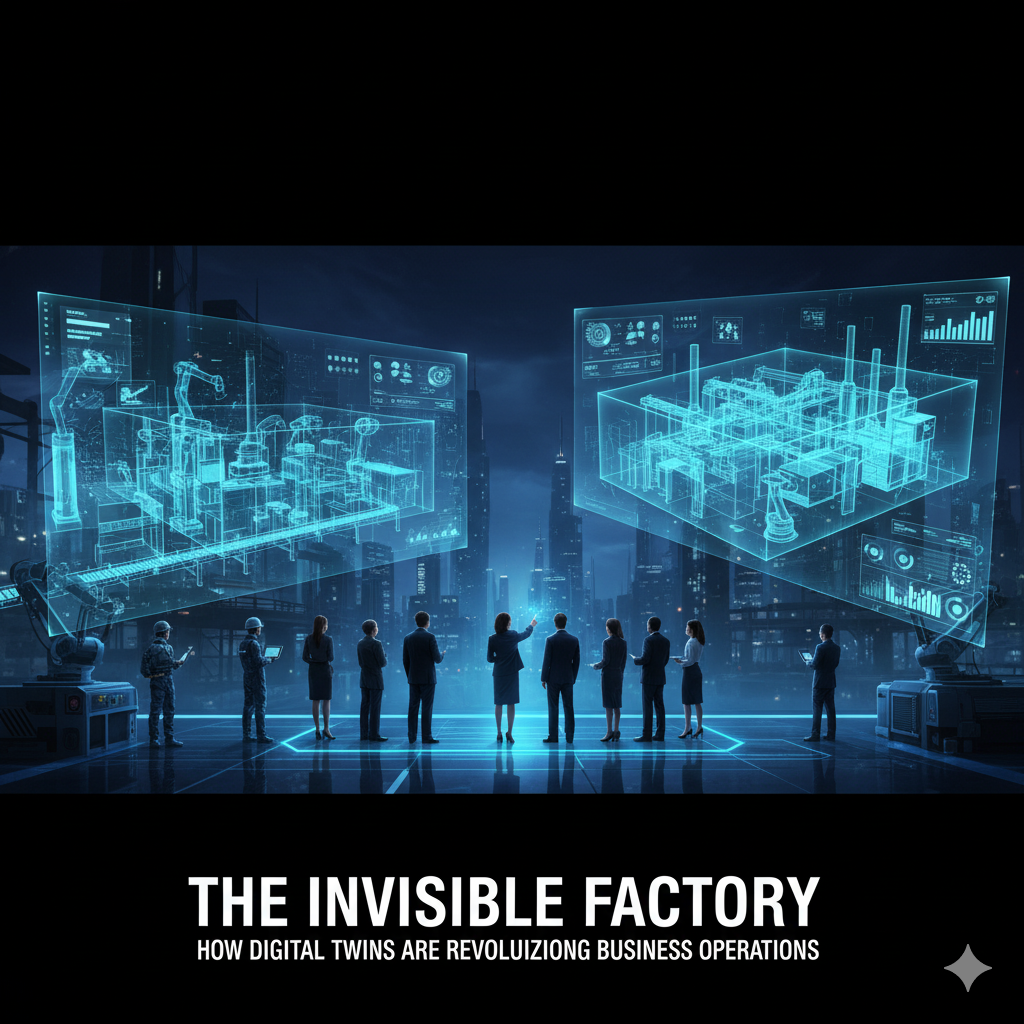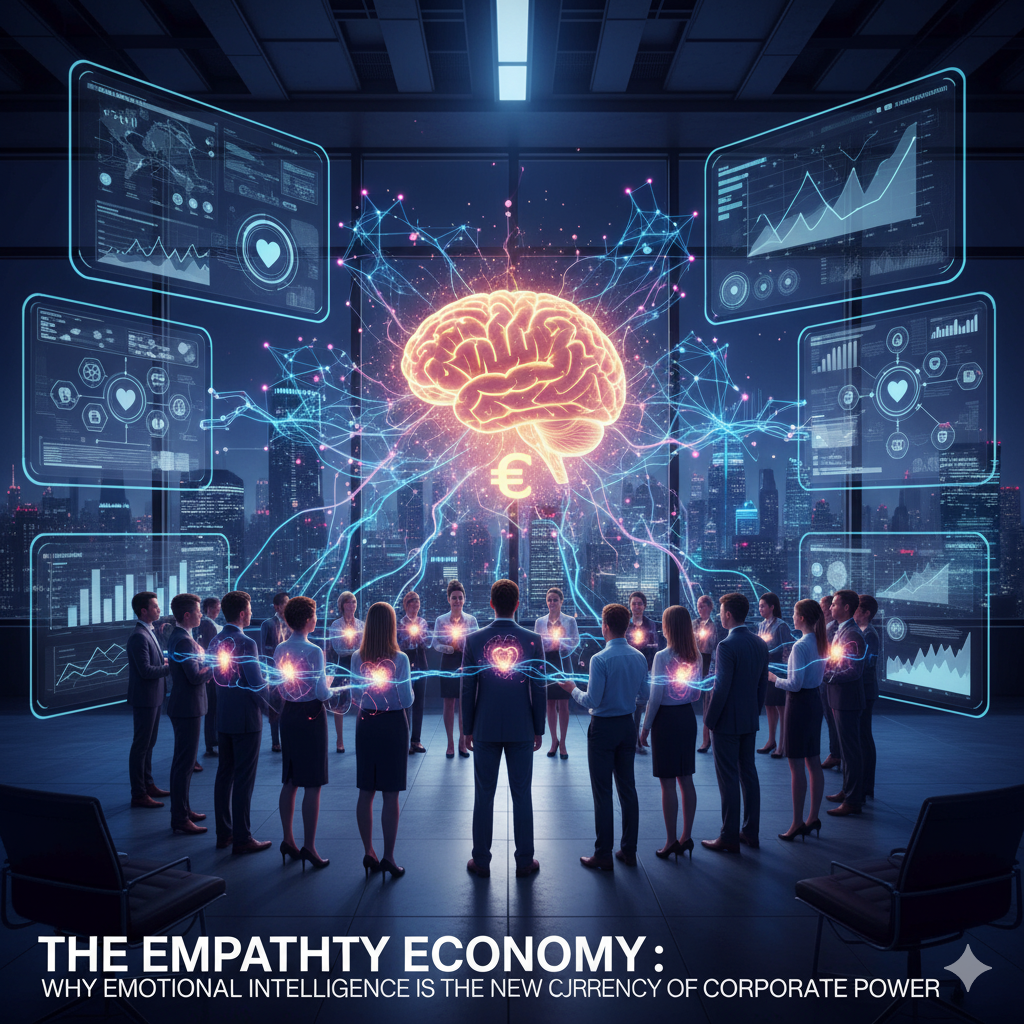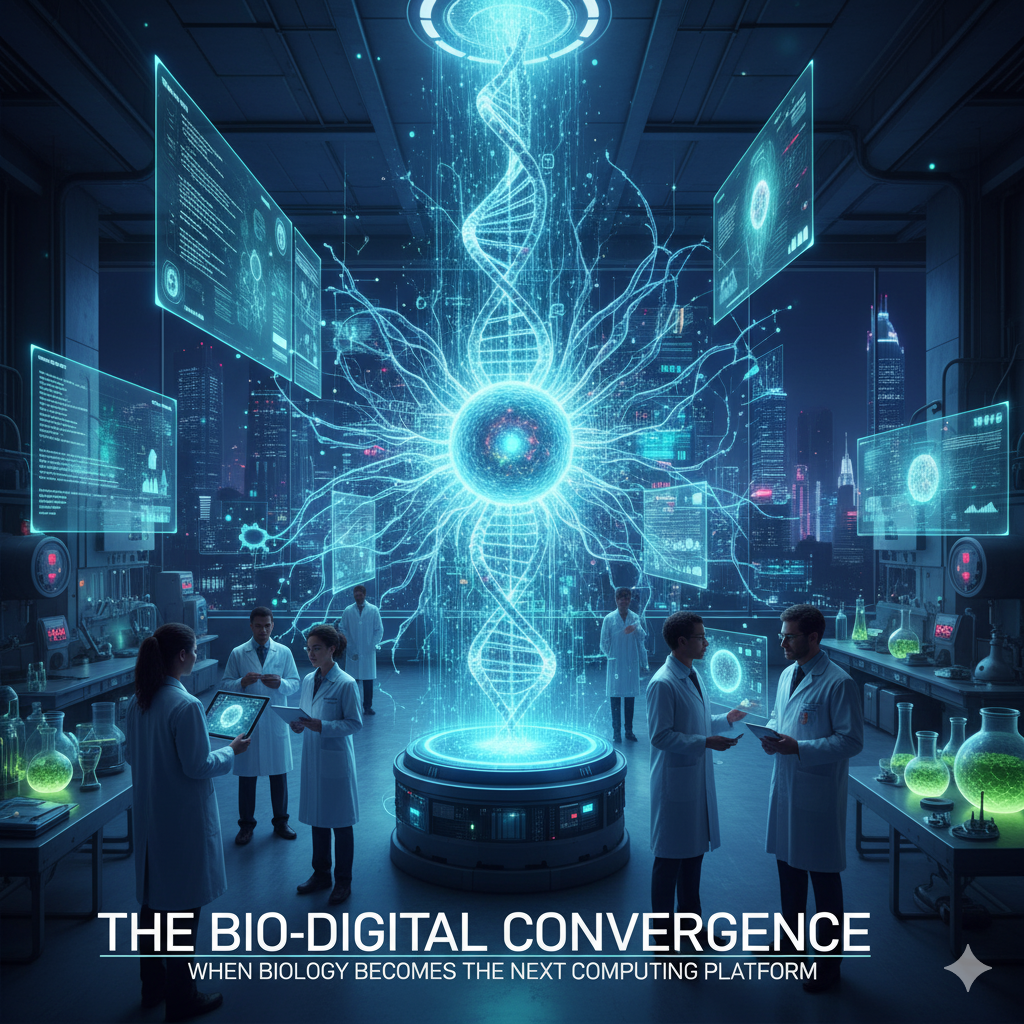The 20th-century economy was built on a simple premise: ownership. Consumers bought cars, software CDs, and music albums. Companies purchased servers, manufacturing equipment, and enterprise software licenses. This model is collapsing. A fundamental restructuring of value exchange is underway, moving us from a possession-based economy to an access-based one. The paradigm of the moment is the Subscription Model, but this is merely the gateway. We are rapidly evolving towards a comprehensive “Everything-As-A-Service” (XaaS) world, where continuous relationships have permanently replaced one-time transactions. For businesses in 2025, the question is no longer if you should adopt a service model, but how quickly you can transform your entire value proposition around it.
The Three Engines Fueling the XaaS Revolution
This seismic shift is not a random trend; it is being propelled by powerful, convergent forces that are reshaping both B2C and B2B landscapes.
The Consumer Mindset Revolution: Modern consumers, especially younger generations, prioritize flexibility, convenience, and outcomes over ownership. Why bear the burden of a car’s maintenance, insurance, and depreciation when a subscription like Volvo’s “Care by Volvo” provides a new car, insurance, and maintenance for a single monthly fee? This desire for hassle-free access over cumbersome ownership is permeating every sector, from fashion (Rent the Runway) to groceries (HelloFresh).
The Technological Infrastructure: The ubiquity of cloud computing, 5G connectivity, and the Internet of Things (IoT) has made service-based delivery not just possible, but superior. A company like John Deere can now sell “farming-as-a-service,” using sensors on tractors to provide farmers with real-time data on soil health and crop yields, transforming a capital equipment sale into an ongoing productivity partnership. The product is no longer the tractor; it’s the optimized harvest.
The Corporate Demand for Agility and OPEX: In the B2B world, the shift is even more pronounced. Chief Financial Officers are aggressively moving from Capital Expenditures (CAPEX) – large, upfront purchases – to Operational Expenditures (OPEX) – predictable, scalable subscription fees. This shift unlocks immense agility. A startup can now access world-class enterprise software (Salesforce, AWS), manufacturing robotics (through companies like Rexroth), and even industrial components (via platforms like Komprise) without massive initial investment, allowing them to scale with unprecedented speed and flexibility.
Beyond Revenue: The Strategic Virtues of the Service Model
While the promise of Monthly Recurring Revenue (MRR) is a powerful lure, the true strategic advantages of XaaS run much deeper, creating formidable competitive moats.
The Data Goldmine: A one-time sale provides a single data point. A continuous service relationship provides a rich, flowing stream of behavioral data. How are customers using the product? When do they encounter friction? What features are ignored? This data becomes the fuel for relentless product improvement, personalized upselling, and predictive customer support, creating a feedback loop that product-based companies can only dream of.
Customer-Centric Innovation Lock-In: In the ownership model, a competitor only needs to build a slightly better product to lure your customer away at the next purchase cycle. In the XaaS model, the relationship is continuous. You are constantly updating, improving, and adding value. The competitor isn’t just competing with your current product; they are competing with the sum of all your future updates and the deep, integrated relationship you have with the client. This creates immense stickiness.
The Sustainability Imperative: The “Circular Economy” is moving from a buzzword to a business necessity. Service models are inherently more sustainable. Companies retain ownership of the physical assets, giving them a direct financial incentive to build durable, repairable, and upgradeable products. This aligns perfectly with growing regulatory pressure and consumer demand for environmentally conscious business practices.
The Pivot: How Traditional Industries are Reinventing Themselves as Service Providers
The most compelling evidence of this shift comes from the radical transformations occurring in the most traditional sectors of the economy.
Automotive: From Car Maker to Mobility Provider: The industry’s pivot is breathtaking. Companies like BMW and Mercedes-Benz are no longer just selling luxury vehicles. They offer all-inclusive subscriptions that bundle the car, insurance, maintenance, and even access to different models for different needs (e.g., a sedan for commuting, an SUV for a family trip). They are competing not just with other automakers, but with Uber and public transport as part of a broader “mobility solution.”
Manufacturing: The Rise of “Output-Based” Contracting: This is the frontier of XaaS. Companies like Rolls-Royce no longer just sell jet engines; they sell “Power-by-the-Hour.” Airlines pay for the thrust they use, and Rolls-Royce guarantees the engine’s performance and maintenance. Their incentive is perfectly aligned with the customer’s: to create the most reliable, efficient engine possible. This model is now being applied to everything from elevators (Otis) to industrial printing presses.
Software: The Original Disruptor Matures: The software industry, which pioneered this shift with SaaS, is now taking it to the next level. Adobe’s move from selling Creative Suite licenses to its Creative Cloud subscription is a classic case study. They transformed their business, shattered piracy, and created a predictable revenue stream that far exceeds their old model. Now, they are layering in AI-powered features like “Generative Fill” in Photoshop, delivered seamlessly through the subscription, constantly raising the value bar.
The Inevitable Challenges: The Wall Street Paradox and Churn Warfare
Adopting a XaaS model is not a simple switch; it is a fundamental reinvention that comes with significant hurdles.
The Wall Street Paradox: Transitioning to a subscription model often creates a “J-Curve” effect. Initial revenues plummet as large, one-time sales are replaced by smaller, recurring payments. This can spook traditional investors who are focused on quarterly sales figures. Leadership must have the fortitude and communication skills to guide the market through this transition, educating them on the long-term value of a recurring revenue base and the metrics that matter now: Customer Lifetime Value (LTV), Customer Acquisition Cost (CAC), and Net Revenue Retention.
The Perpetual Battle Against Churn: In the ownership model, the sale is the finish line. In the XaaS model, the sale is the starting line. The entire organization must be reoriented towards customer success. If the customer stops deriving value, they cancel with a click. This makes churn the ultimate enemy. Companies must build world-class onboarding, support, and success teams to ensure customers are continuously achieving their desired outcomes.
Operational and Cultural Overhaul: This shift requires a new business anatomy. Finance departments must adapt to new revenue recognition rules. Sales teams must be compensated on MRR, not one-time commissions. Marketing must focus on long-term relationship building, not lead generation for a single sale. This is a deeply cultural transformation that must be driven from the very top.
Strategic Outlook: The Five-Year Horizon for XaaS
The XaaS wave is still in its early innings. Over the next five years, we will see it mature and evolve in critical ways:
The Bundling and Unbundling Wars: We will see the rise of “Super Bundles”—where companies partner to offer combined services (e.g., a car subscription that includes your music, video, and insurance subscriptions). Simultaneously, niche players will succeed by “unbundling” large suites to offer a best-in-class single service.
AI-Powered Personalization at Scale: AI will be the engine that makes XaaS models hyper-personalized. Your software, your car, your clothing subscription will all use AI to learn your preferences and adapt their service in real-time, making the value proposition irresistible.
The Physical and Digital Meld: The line between physical products and digital services will blur into oblivion. Your smart fridge (the product) will manage your grocery deliveries (the service). Your connected exercise equipment will curate your personalized workout and nutrition plan.
Conclusion: Are You Selling a Product or an Outcome?
The central question for every business leader in 2025 is this: Are you in the business of selling things, or are you in the business of delivering outcomes? The former is a transactional dead end; the latter is the future of durable growth and customer loyalty.
The Everything-As-A-Service model represents the most profound realignment of business and customer since the Industrial Revolution. It demands more—more operational excellence, more customer focus, more strategic patience. But the reward is a business that is more valuable, more resilient, and more deeply woven into the fabric of its customers’ lives. The era of the one-night stand is over. The era of the long-term, value-driven partnership has begun. The race is on to see who can build the most compelling one.

